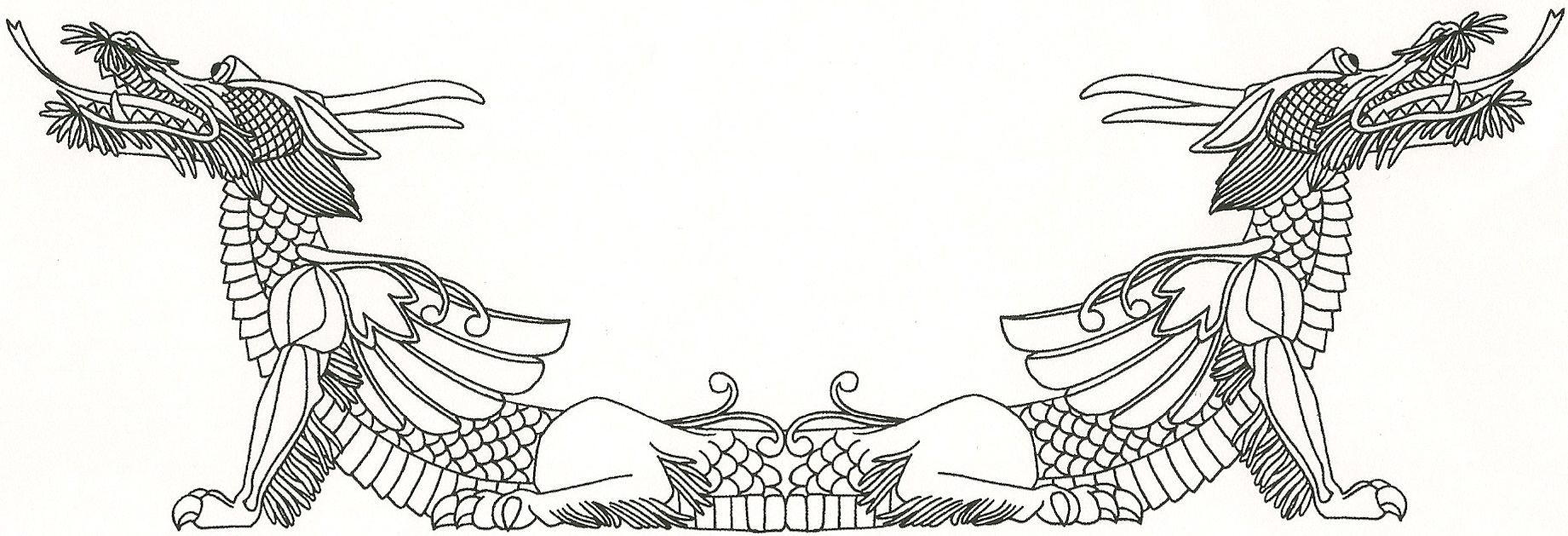Mr Briggs’ Hat is the story of the first murder to take place on a British railway train. Mr Thomas Briggs was violently assaulted in a first class carriage on the 9.45pm train from Fenchurch St. Station in London. He was thrown from the train between Bow station and Hackney Wick station. He was found by passing workmen and taken to a local pub, where he died. Evidence of the assault was discovered by two clerks who got into the carriage and found the seats soaked with blood. They reported the fact to the train’s guard who locked the carriage, taking several items with him. These included a stick and a hat. It was not Mr Briggs’ hat.
Mr Briggs’ Hat covers the investigation of the crime,and the apprehension and trial of the suspect. I found the book very interesting for the way it showed how police procedures have changed. In particular, the range of forensic tests available has grown beyond anything that the nineteenth century police could have imagined. Proceedings in court have changed, too. There were several occasions when I wondered why the defence barrister hadn’t questioned the evidence. It almost felt as if he wasn’t really trying to get the suspect acquitted. I also felt that the police hadn’t done a good job. They had a suspect. Any evidence that didn’t point to him was ignored.
Another points of interest was the reaction to the crime. At the time, railway carriages were usually locked between stations, with no way of alerting the guard to any problems. This had already caused concern. Some stations were a long way apart. What would happen if someone was taken ill between stations? A communication cord to notify the guard, or even stop the train, had been suggested. Nothing had been done. Even after the incident nothing was done for some time, despite public fears of further attacks.
I enjoyed Mr Briggs’ Hat and would recommend it to anyone with an interest in historical crime. Although the suspect was found guilty, the truth can never be known. I would leave it to the individual to form their own conclusion.
